FDA Generic Drug Approval: Complete Step-by-Step Process

Every year, over 1,000 generic drugs get approved by the FDA. These aren’t knockoffs. They’re the exact same medicine as the brand-name version-same active ingredient, same dose, same effect-but cost up to 90% less. If you’ve ever picked up a prescription and seen a cheaper label, you’re seeing the result of the FDA generic drug approval process. It’s not magic. It’s science, regulation, and a carefully designed system called the Abbreviated New Drug Application, or ANDA.
What Is the ANDA Process?
The ANDA is the legal and scientific pathway the FDA uses to approve generic drugs. It was created by the Hatch-Waxman Act of 1984. Before this law, generic manufacturers had to repeat every single clinical trial the original drug company did. That cost billions. It wasn’t fair. It didn’t make sense. Why test a drug again if it’s chemically identical? The ANDA changed that. Instead of proving the drug works from scratch, generic companies only need to prove one thing: they deliver the same amount of medicine into your bloodstream at the same speed as the brand-name drug. That’s called bioequivalence. The FDA already knows the brand-name drug is safe and effective. The generic just has to match it. This isn’t a shortcut. It’s a smart one. The FDA still holds generic drugs to the same strict standards as brand-name drugs. The only difference? No need to repeat animal studies or large human trials. That cuts development time from 10-15 years down to 3-4 years, and costs from over $2 billion to just $1-5 million per drug.Step 1: Identify the Reference Listed Drug (RLD)
Before you even start paperwork, you have to pick the right brand-name drug to copy. This is your Reference Listed Drug, or RLD. It’s the original FDA-approved product you’re matching. You can’t just pick any similar drug-you have to pick the one the FDA officially recognizes as the standard. The RLD is listed in the FDA’s Orange Book, which is basically the official directory of all approved drugs and their therapeutic equivalence ratings. If the RLD has been withdrawn from the market, you can’t use it. If it’s still sold, but has patent protections, you might have to wait-or challenge the patent. This step seems simple, but it’s critical. Pick the wrong RLD? Your application gets rejected before it’s even reviewed.Step 2: Prove Pharmaceutical Equivalence
Your generic drug must be identical to the RLD in four ways:- Active ingredient: Same chemical compound, same purity.
- Strength: Same dosage per unit (e.g., 500 mg tablets).
- Dosage form: Same shape and delivery method (tablet, capsule, injection, etc.).
- Route of administration: Same way it enters the body (oral, topical, IV, etc.).
Step 3: Demonstrate Bioequivalence
Bioequivalence is where the rubber meets the road. The FDA requires you to prove your generic drug releases the active ingredient into the bloodstream at the same rate and to the same extent as the RLD. Here’s how it works: You run a small clinical study-usually with 24 to 36 healthy adult volunteers. They take your generic drug on one day and the brand-name drug on another, with a washout period in between. Blood samples are taken over several hours to measure how much of the drug enters the bloodstream and how quickly. The results must fall within a strict range: the average amount of drug absorbed (AUC) and the peak concentration (Cmax) for your generic must be within 80% to 125% of the brand-name drug’s values. That’s not a guess. It’s a scientifically validated range proven to ensure therapeutic equivalence. If your drug doesn’t hit this mark, the FDA will reject your application. No exceptions. Even if your pill looks identical and has the same ingredients, if your body doesn’t absorb it the same way, it’s not approved.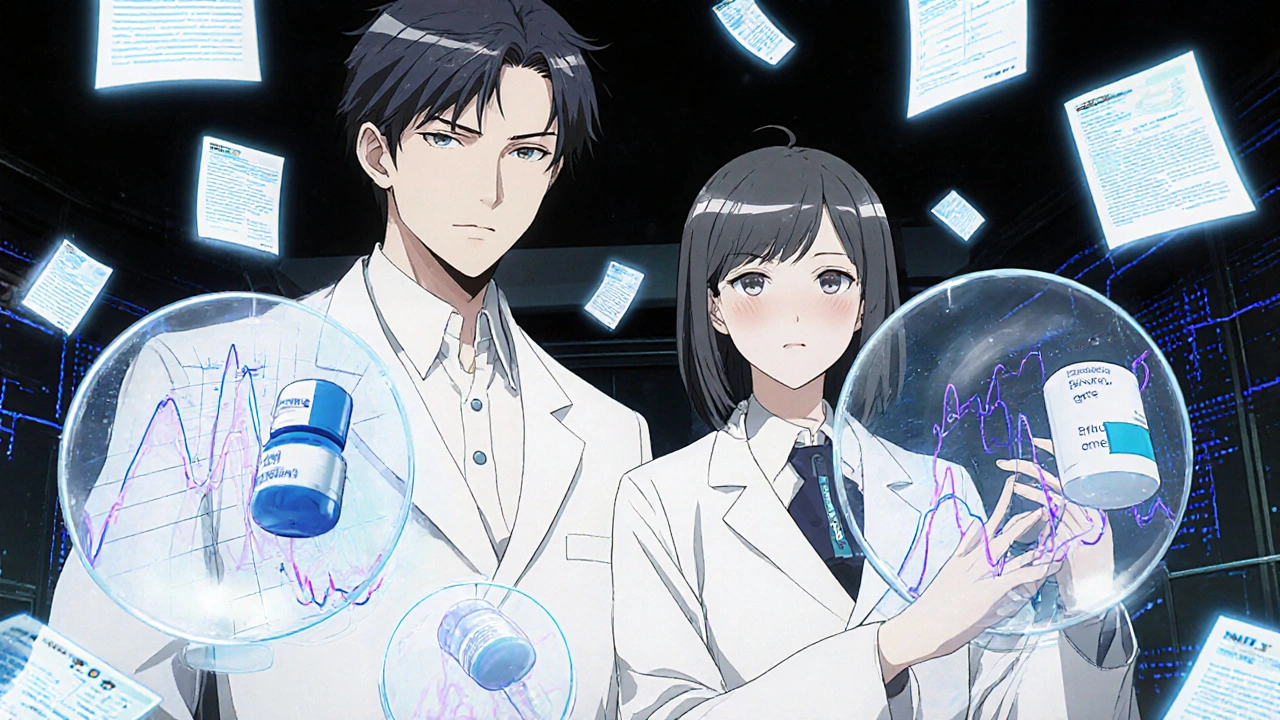
Step 4: Submit Chemistry, Manufacturing, and Controls (CMC) Data
The FDA doesn’t just care about what’s in the pill. They care about how it’s made. Every step of manufacturing must be documented and controlled. Your CMC section includes:- Details on the active ingredient’s source and purity
- Complete description of the manufacturing process
- Specifications for every ingredient, including inactive ones (fillers, coatings, dyes)
- Stability testing data showing the drug won’t degrade over time
- Validation of testing methods used to check quality
Step 5: Prepare and Submit the ANDA in eCTD Format
You can’t just email a PDF. The FDA requires all ANDAs to be submitted electronically in the Common Technical Document (eCTD) format. This isn’t a suggestion. It’s a rule. The eCTD has five modules:- Module 1: Administrative info (country-specific forms, fees, contact details)
- Module 2: Summaries (overview of quality, safety, efficacy)
- Module 3: Chemistry, manufacturing, and controls (your CMC data)
- Module 4: Nonclinical study reports (rarely needed for generics)
- Module 5: Clinical study reports (bioequivalence data)
Step 6: FDA Review and Inspection
Once your ANDA is accepted, the clock starts. Under the Generic Drug User Fee Amendments (GDUFA), the FDA aims to review 90% of complete ANDAs within 10 months. The review is done by the Office of Generic Drugs (OGD) within the Center for Drug Evaluation and Research (CDER). A team of scientists, pharmacists, chemists, and statisticians examines every page of your submission. They’re looking for:- Is the bioequivalence study sound?
- Are the manufacturing controls robust?
- Is the labeling identical to the RLD?
- Are the facilities compliant with cGMP?
Step 7: Approval and Market Entry
If everything checks out, you get the green light. Your generic drug is now approved and listed in the Orange Book. You can start selling it. But here’s the twist: You might not be able to sell it right away. If the brand-name drug still has patent protection or market exclusivity, you have to wait. That’s where the Paragraph IV certification comes in. If you believe a patent is invalid or won’t be infringed, you can file a Paragraph IV certification. This triggers a 45-day window where the brand-name company can sue you for patent infringement. If they do, the FDA can’t approve your drug for 30 months-or until a court rules in your favor. The first company to file a successful Paragraph IV certification gets 180 days of exclusive marketing rights. That’s huge. For example, the first generic version of Humira made over $1.2 billion in sales during its exclusivity period in 2023.Why This Process Matters
Generic drugs make up 90% of all prescriptions filled in the U.S. But they cost only 23% of what brand-name drugs do. That’s not a coincidence. It’s the result of this process. The FDA’s system keeps drugs safe while making them affordable. Without ANDA, millions of people couldn’t afford their medications. Diabetics. Heart patients. People with asthma. Cancer survivors. It’s not perfect. Some complex drugs-like inhalers, injectables, or topical creams-are harder to copy. The FDA is working on new guidance for these “complex generics.” And yes, there have been rare cases where manufacturing differences led to clinical issues, especially with drugs that have a narrow therapeutic index. But the data is clear: 99% of generic drugs work exactly as well as their brand-name counterparts. The FDA’s approval process isn’t just a formality. It’s a guarantee.What Can Go Wrong?
The ANDA process is predictable-but demanding. Most failures happen because of:- Incomplete CMC data (32% of rejections)
- Flawed bioequivalence studies (28%)
- Manufacturing site issues (22%)
- Labeling mismatches (18%)
What’s Next for Generic Drugs?
The FDA is pushing to reduce its ANDA backlog from over 1,200 applications in 2020 to under 300 by 2025. That’s part of GDUFA IV, the latest funding agreement with industry. They’re also testing AI tools to speed up document review. And they’re expanding guidance for complex generics-like transdermal patches and long-acting injectables. Biosimilars-generic versions of biologic drugs-are following a similar path. The FDA approved 5-7 biosimilars in 2023. By 2026, that number could hit 10-15 a year. The goal? More competition. Lower prices. Better access. The system works. It’s not flashy. It doesn’t make headlines. But every time you pick up a cheaper pill, you’re seeing the result of thousands of hours of science, regulation, and precision.How long does FDA generic drug approval take?
Under GDUFA, the FDA aims to review 90% of complete ANDAs within 10 months. The actual timeline varies. Simple generics with no patent challenges can be approved in as little as 8 months. Complex products or those with patent disputes can take 2-3 years or more due to litigation or multiple Complete Response Letters.
Do generic drugs work as well as brand-name drugs?
Yes. The FDA requires generics to be bioequivalent to the brand-name drug, meaning they deliver the same amount of active ingredient into the bloodstream at the same rate. Over 99% of generics perform the same as their brand-name counterparts. A few rare cases involving narrow therapeutic index drugs have shown minor differences, but these are exceptions, not the rule.
What’s the difference between ANDA and NDA?
An NDA (New Drug Application) is for brand-name drugs and requires full clinical trials proving safety and efficacy. An ANDA (Abbreviated New Drug Application) is for generics and only requires proof of bioequivalence and pharmaceutical equivalence to an already-approved drug. ANDAs skip preclinical and large-scale clinical trials, saving years and billions of dollars.
Can a generic drug be approved before the brand-name patent expires?
Yes, but it can’t be sold until the patent expires-or unless the generic company successfully challenges the patent through a Paragraph IV certification. If they file a Paragraph IV notice, the brand-name company has 45 days to sue for infringement. If they do, approval is delayed for up to 30 months unless a court rules in the generic company’s favor.
Are generic drugs made in the same facilities as brand-name drugs?
Yes. The FDA requires all manufacturing sites-whether for brand-name or generic drugs-to meet the same cGMP standards. In fact, many generic drugs are made in the same factories as brand-name versions. The FDA inspects all facilities equally, regardless of who owns them.


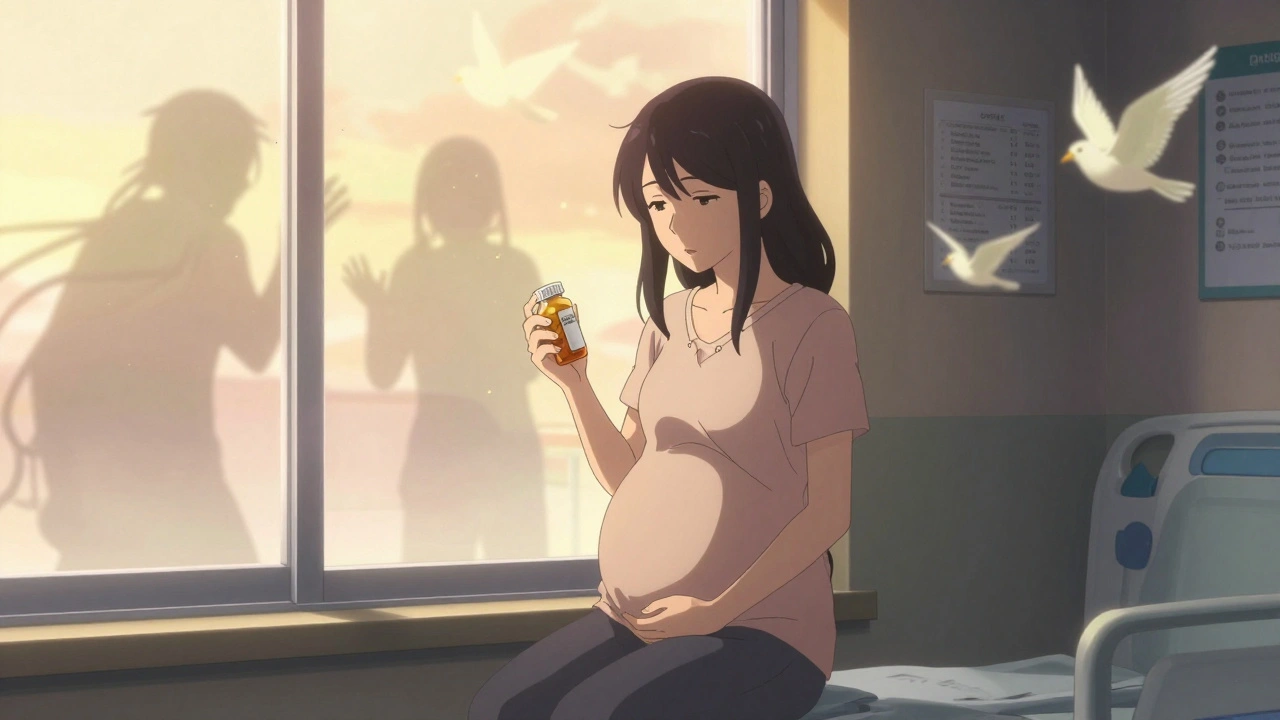
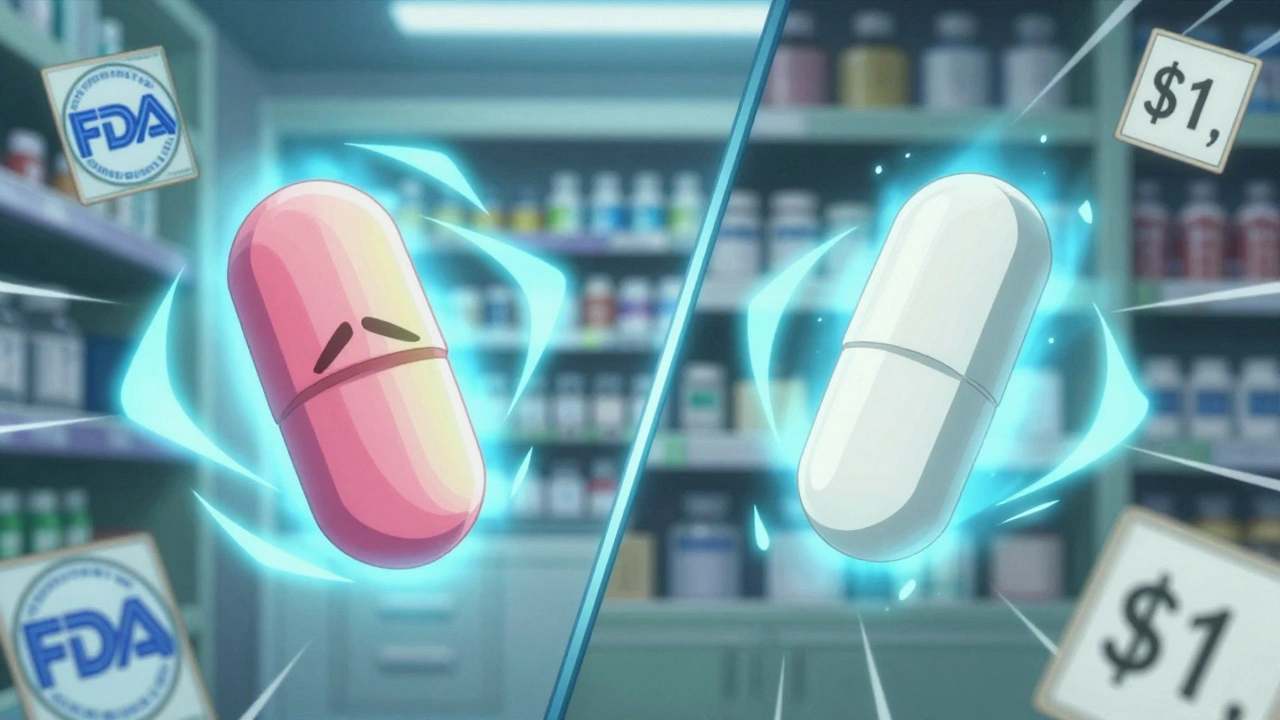
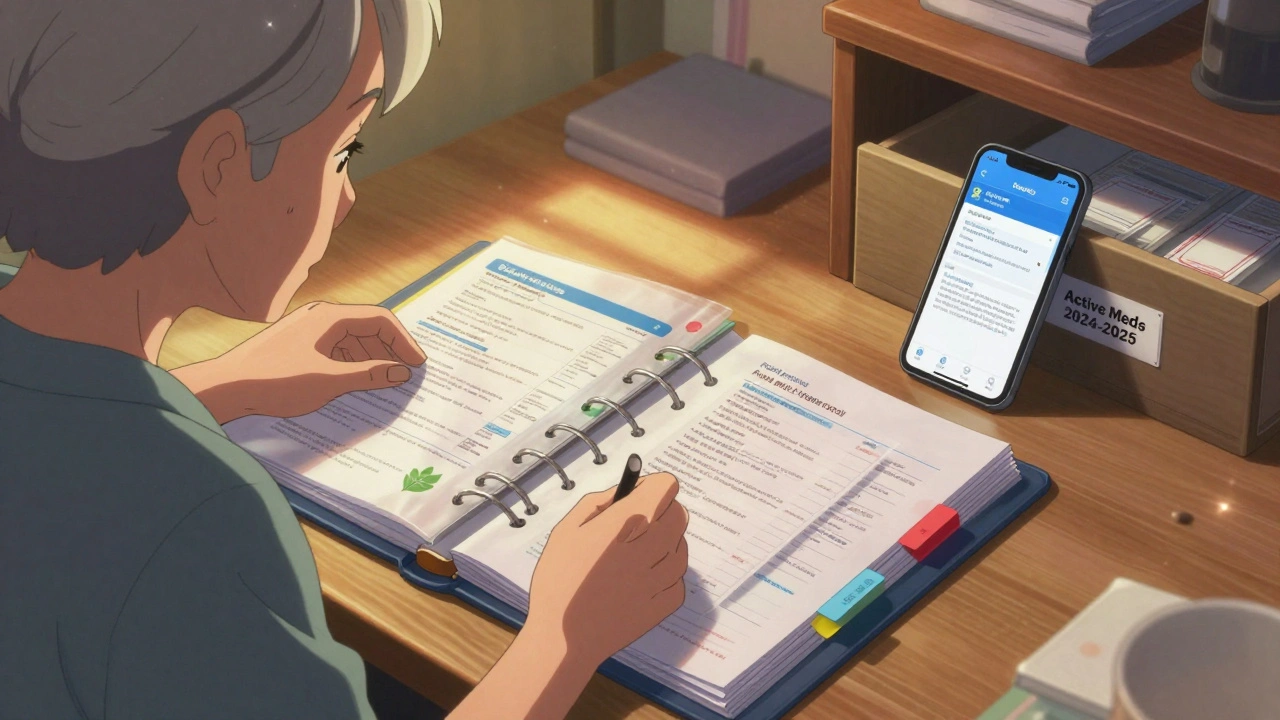
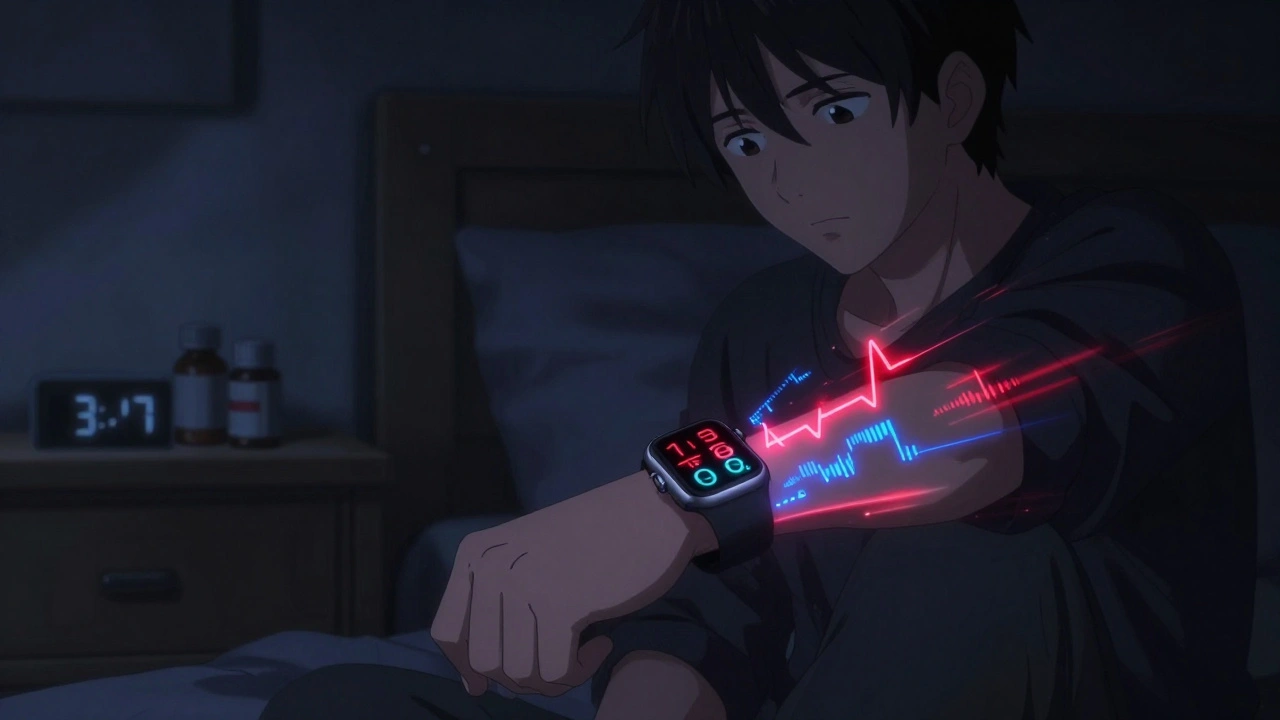
Comments
Jeremy Samuel
November 20, 2025 AT 05:54generic drugs are just brand name drugs with different packaging lol. they dont work the same. my cousin took some generic adderall and ended up in the er. FDA my ass.
Destiny Annamaria
November 22, 2025 AT 01:05OMG I JUST REALIZED I’VE BEEN TAKING GENERICS FOR YEARS AND STILL HAVE MY HEALTH?? LIKE WHAT?? I THOUGHT THEY WERE JUST PLACEBOS WITH A PRICE TAG. THIS IS A GAME CHANGER. THANK YOU FOR EXPLAINING THIS SO CLEARLY 😭💖
Ron and Gill Day
November 23, 2025 AT 00:22This is the most laughably naive piece of regulatory propaganda I’ve read this month. The FDA doesn’t "guarantee" anything. They’re understaffed, underfunded, and pressured by industry. You think they inspect every plant in India? Please. Half the generics are made in facilities with cockroaches and no temperature control. Don’t be a sheep.
Alyssa Torres
November 24, 2025 AT 12:18I CRIED READING THIS. Seriously. My mom’s insulin is a generic and she wouldn’t be here if it weren’t for this process. I used to think generics were "cheap junk" until I saw how much it saved us. This isn’t just science-it’s justice. Thank you for writing this. 🙏💙
Summer Joy
November 25, 2025 AT 02:32BUT WHAT IF THEY USE DIFFERENT FILLERS?? I HEARD ONE GUY GOT A RASH FROM A GENERIC TYLENOL BECAUSE OF THE DYES. THE FDA IS LYING TO YOU. #GenericScam
Shiv Karan Singh
November 26, 2025 AT 20:57u think this is good? in india we make 40% of the world's generics but our factories get shut down by US FDA every other month. u think they care about patients? nah. they care about protecting big pharma profits. #USABigPharma
Ravi boy
November 27, 2025 AT 15:02so basically the system is smart but the people running it are overworked and underpaid? makes sense. i read this whole thing on my phone while waiting for my bus and i still got it. no typos i swear
Matthew Karrs
November 29, 2025 AT 12:5899% work the same? yeah right. what about the 1% that cause seizures? you think that’s coincidence? or is it the fact that the FDA doesn’t test for long-term effects? they only care about 80-125% bioequivalence. that’s not medicine. that’s math.
Matthew Peters
November 30, 2025 AT 00:57I never thought about how much work goes into this. Like… I just grab the blue pill and move on. But reading this made me realize how much trust we’re putting into a system most people don’t even know exists. Wild.
Nicole Ziegler
November 30, 2025 AT 05:18this is so cool 🤯 i just got my generic blood pressure med today and now i know why it works. also the orange book?? such a cute name for something so important 😊
Bharat Alasandi
December 1, 2025 AT 15:43the CMC section is where most ANDAs die. if your dissolution profile is off by 5%, you’re done. i work in pharma QA and let me tell you-batch consistency is a nightmare. but when it works? it’s beautiful. kudos to the inspectors.
Kristi Bennardo
December 2, 2025 AT 02:47This article is dangerously misleading. The FDA’s approval process is a farce. They rely on industry-funded studies, ignore adverse event reports, and prioritize speed over safety. You are being manipulated into believing this system is ethical. It is not.
Liam Strachan
December 2, 2025 AT 04:18Fascinating stuff. I’m from the UK and we have a similar system here, though we don’t have the 180-day exclusivity thing. It’s nice to see how much thought goes into making meds affordable without sacrificing safety. Well done.
Gerald Cheruiyot
December 2, 2025 AT 13:20The real miracle isn’t the ANDA. It’s that we trust strangers in a lab to make our medicine. We don’t know who they are. We don’t know their names. But we swallow their pills every day. That’s not science. That’s faith.